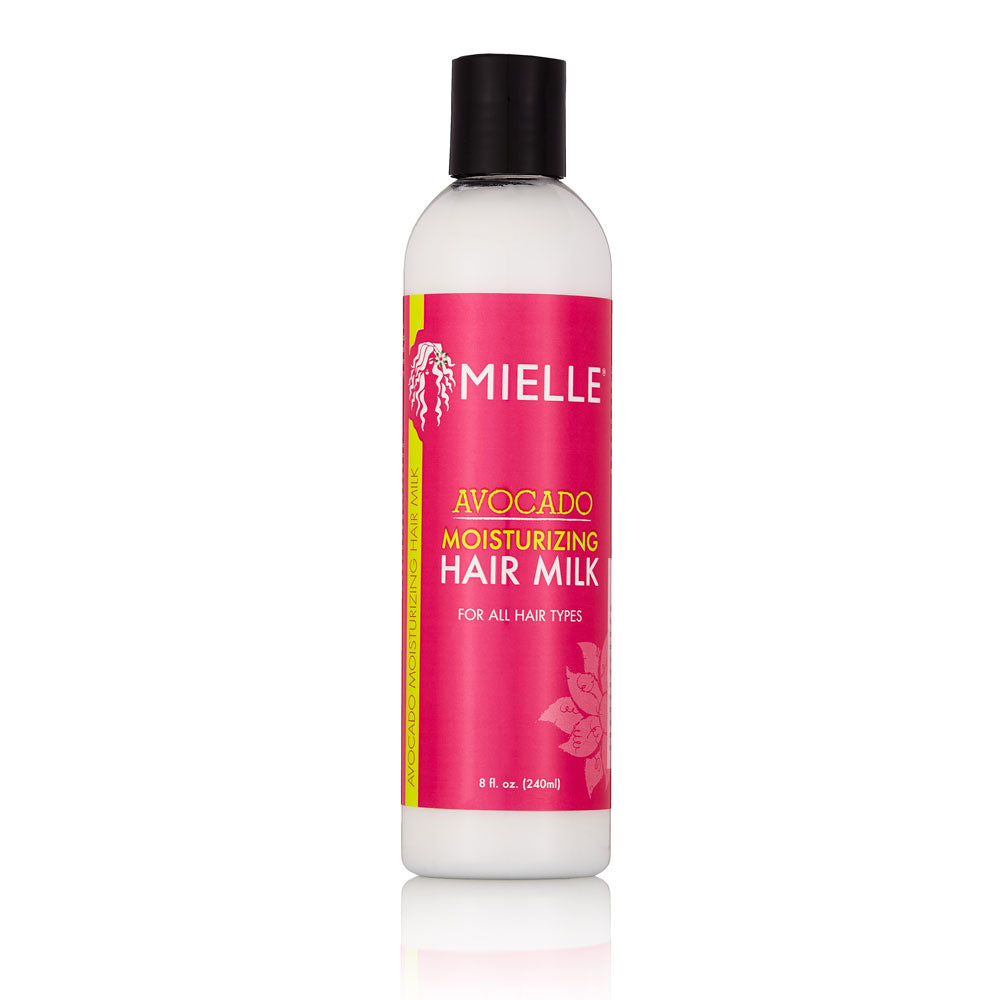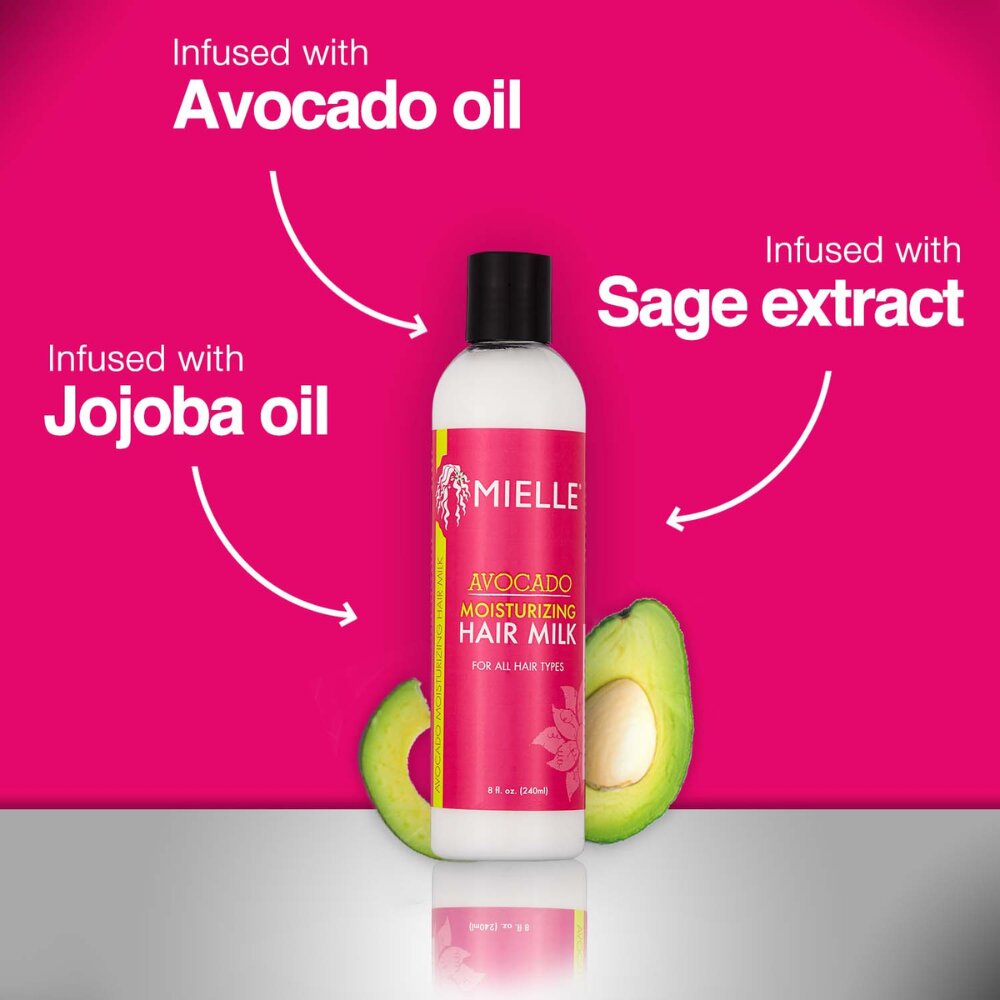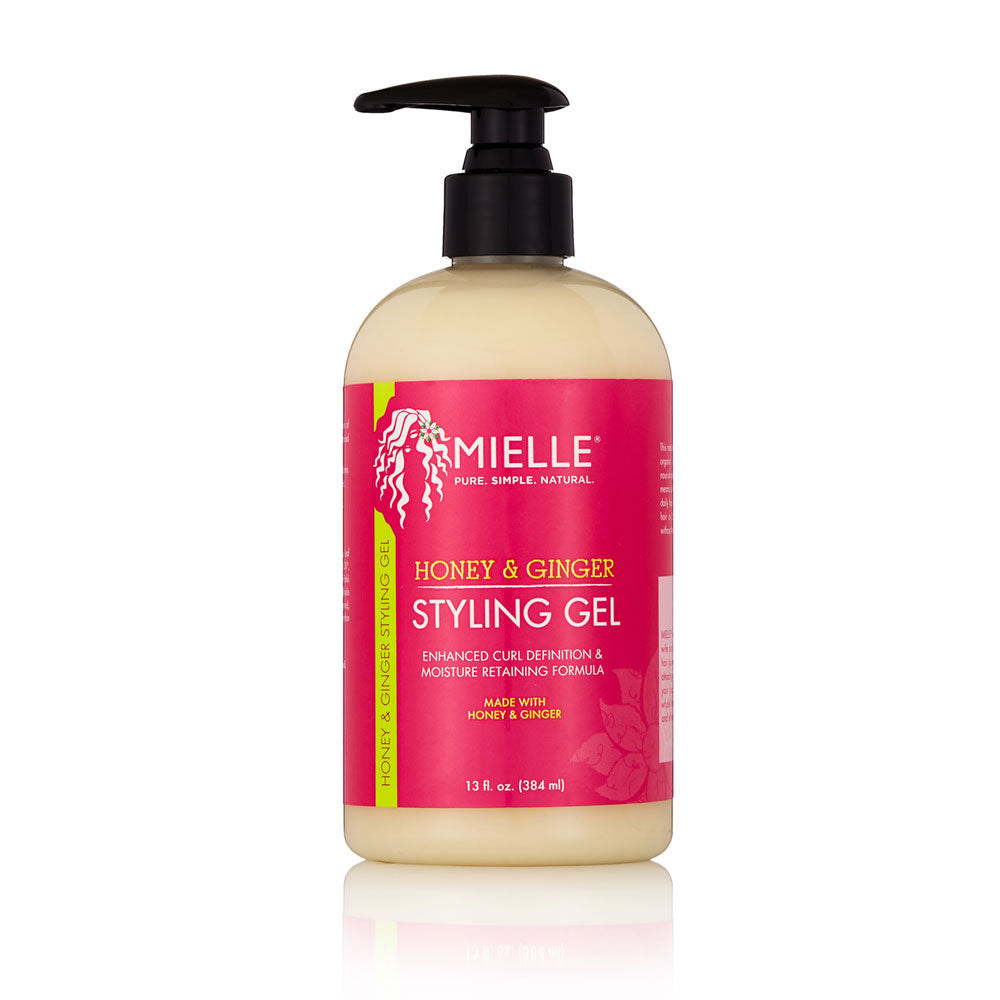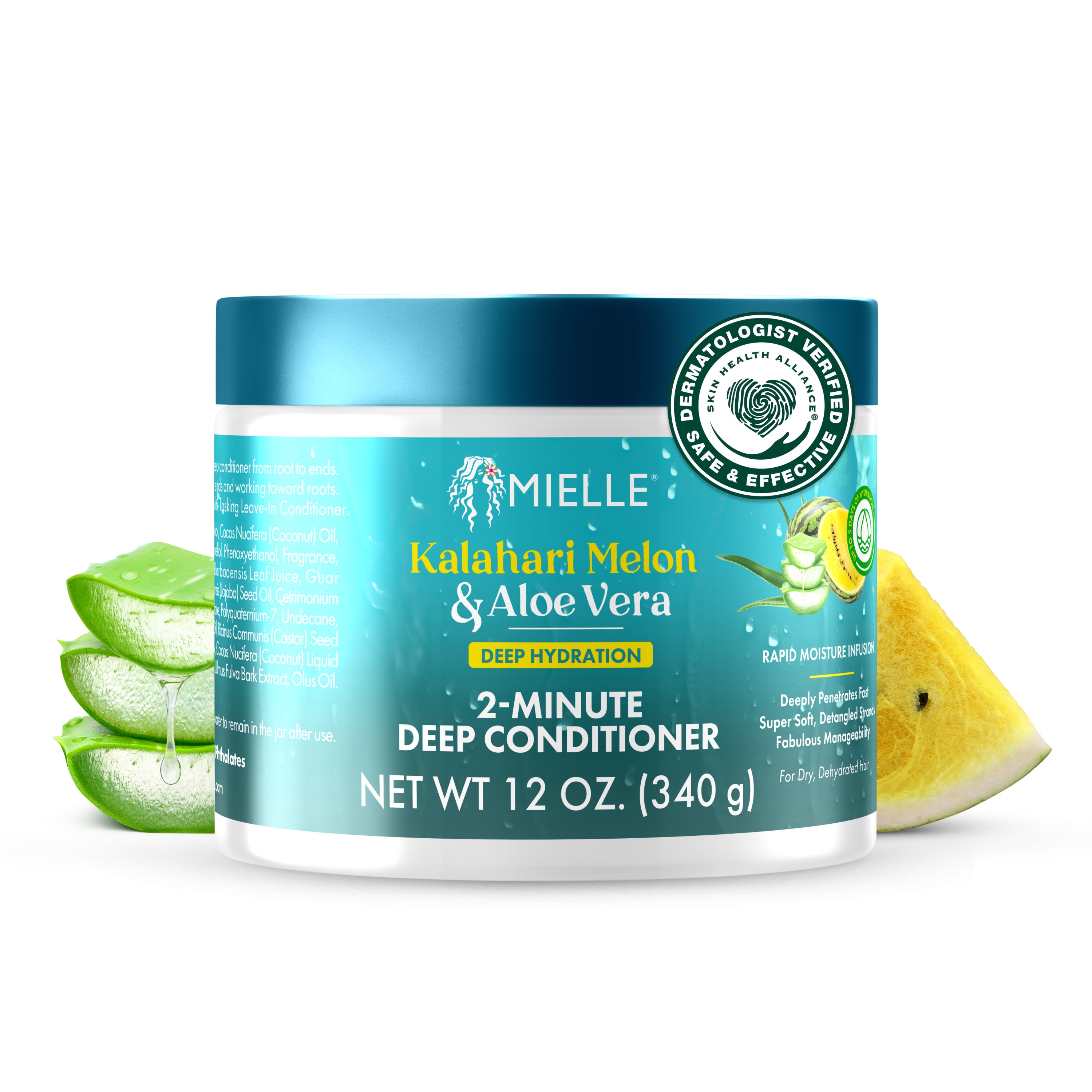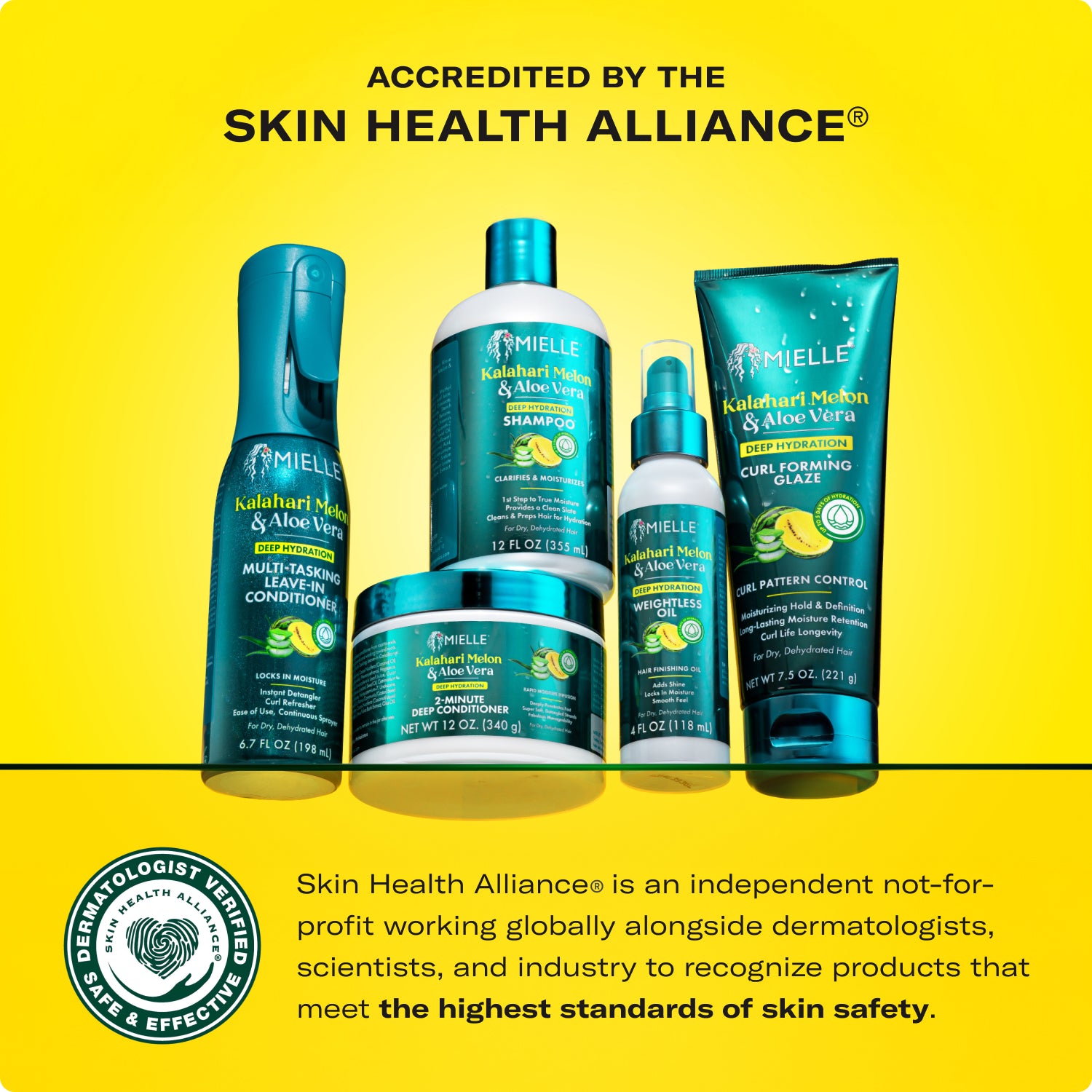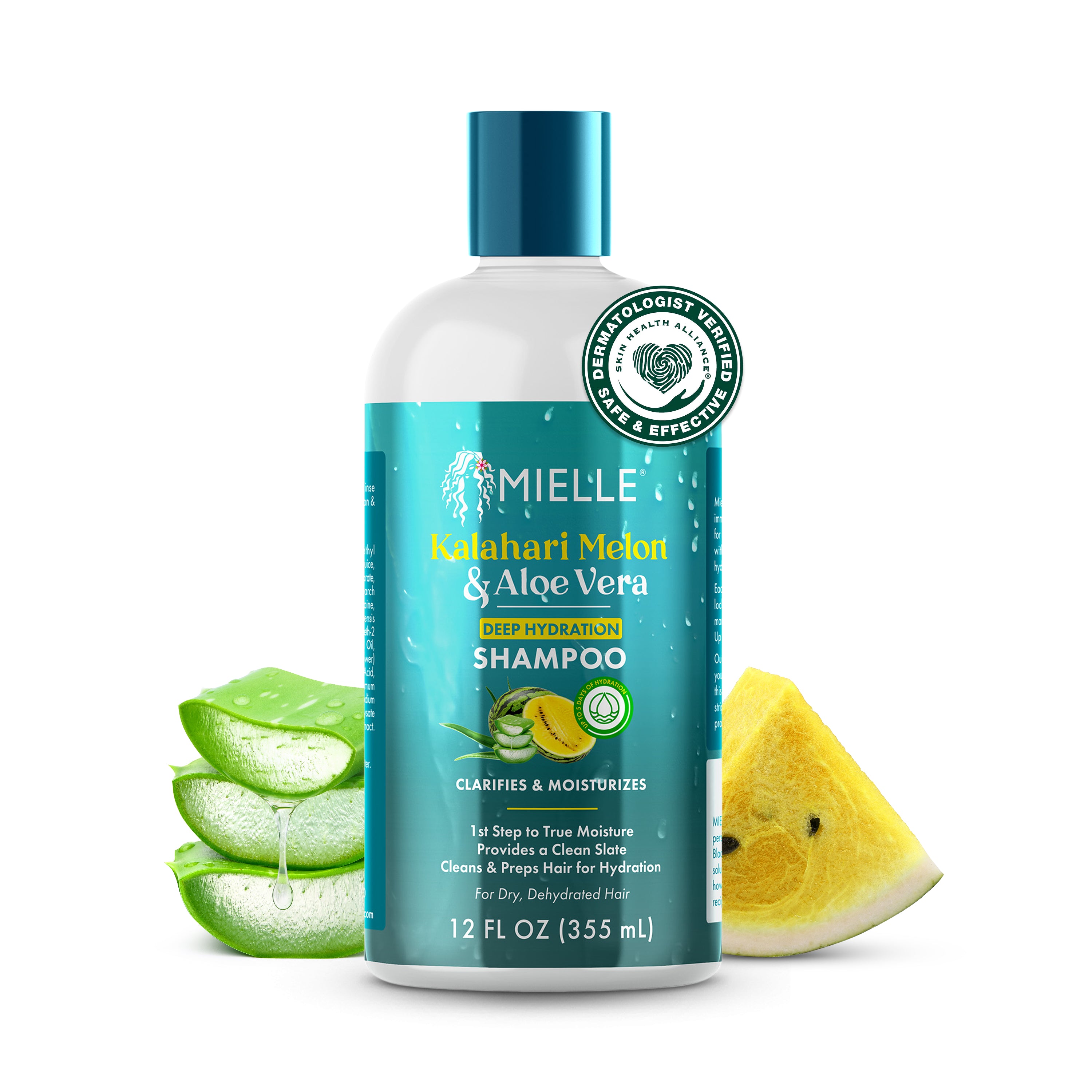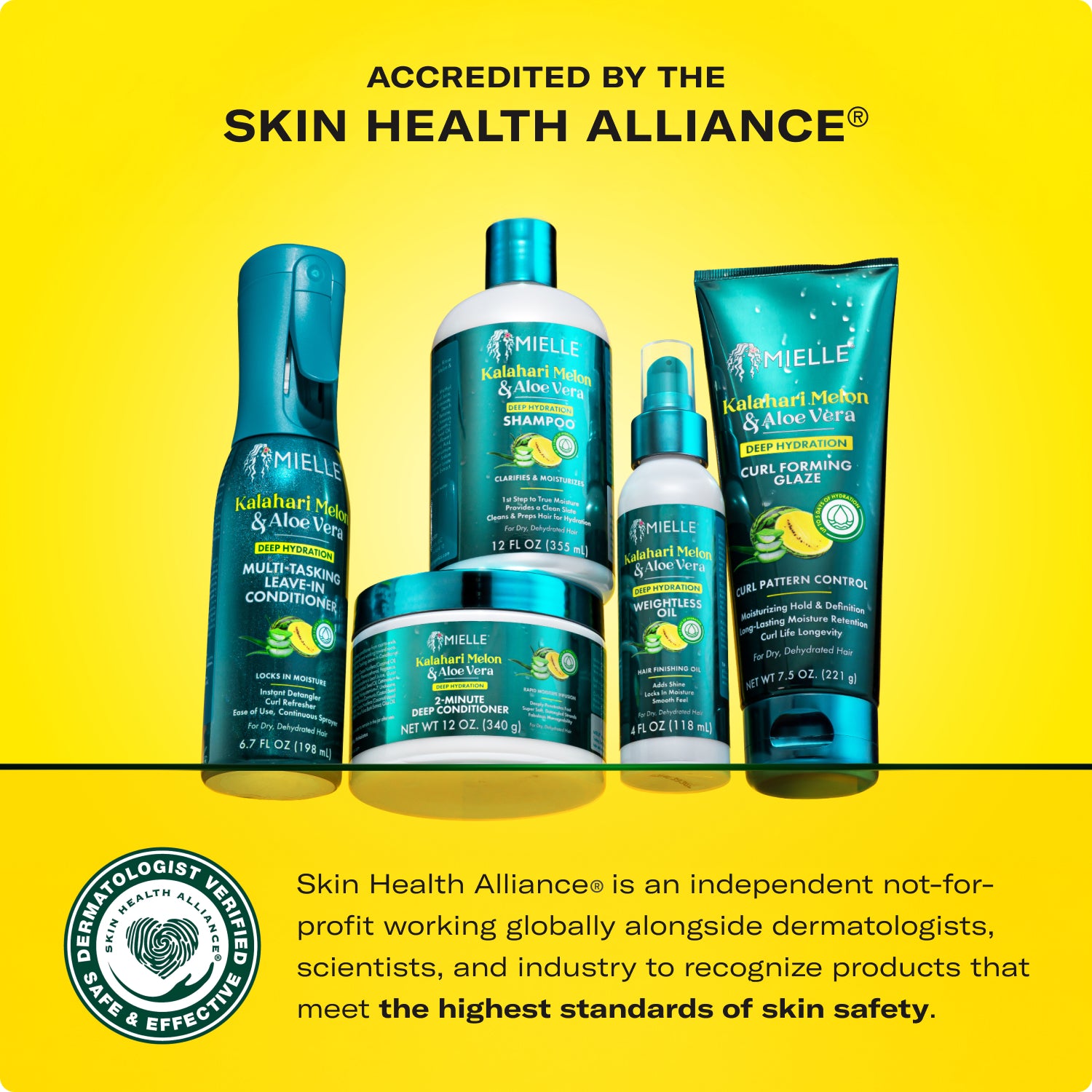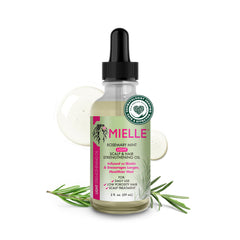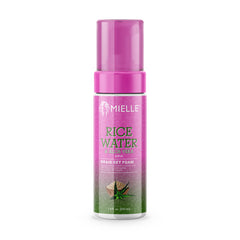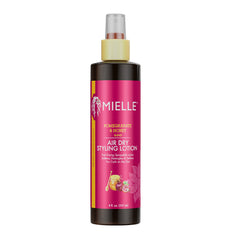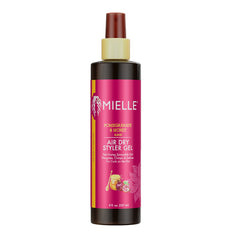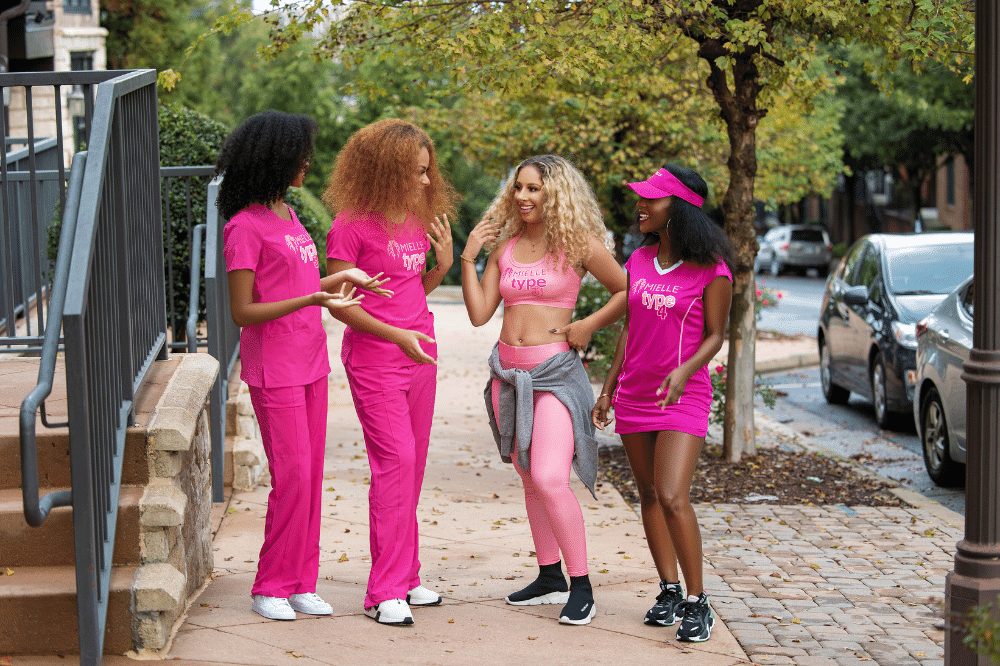What are baby hairs, otherwise known as edges? These are the thin wispy hair on your hairline. Your edges are also the most fragile part of your crown. Knowing how to do edges and laying them down is what every naturalista looks forward to in their hair routine, to give their look that extra touch. However, achieving this can be challenging. If you’ve noticed your edges are starting to thin or are damaged.
If your hair routine involves a lot of heat or over-styling, you might begin to experience hair breaking off and thinned-out edges over time. Though there are many hairstyles for thin edges, it can be easy for them to become damaged. But the good news is, in most cases, your baby hair can come right back by using natural hair products and with the right amount of care. We are here to guide you through the process of how to get edges back full and healthy again!
What Causes Thinning Edges?
It is important to understand the underlying cause of why your edges are thinning if you want to protect and maintain them. We’re here to break down some reasons your edges may be thinning.
Stress Levels
If you have been going through a period of stress recently, then your hair cycle might be interrupted, causing your hairline to be less resilient.
Heat Damage or Chemical Treatments
Chemically treating your hair with a relaxer or color, and applying heat too often might be the reason why you are experiencing a thinning edge or hair breakage.
Harsh Products
If you’ve been using products that contain harsh ingredients like alcohol, this can cause your hair to dry out and break off.
High Tension Styles
Wearing a tight hairstyle that causes tension on the scalp is the most common reason why people experience hair loss and thin edges. This includes a tight ponytail, locs, braid, and cornrows. Continuously wearing these styles can lead to thinning and breaking of the edges.
In addition, constantly wearing hair extensions, a wig cap, and weaves that are glued or sewn around your hairline can also cause traction alopecia. This is a condition where you experience hair loss and a receding hairline because of the constant pulling of the hair. This is why we recommend finding hairstyles for thin edges to help maintain stronger hair.
Your Diet
When your body doesn’t get enough of the minerals, vitamins, and nutrients it needs to stay healthy, it can affect your hair and scalp health. If you aren’t getting enough nutrients from your diet, it may be worth trying out hair vitamins to get the nutrients you need.
Medical Conditions
Healthy complications like postpartum shedding, androgenetic alopecia, anemia, or low vitamin D levels, can affect your hair. You should always consult with your doctor first to determine if you have any health conditions that could be contributing to your hair loss.
How To Grow Your Edges
To get your edges back, it can be as simple as reversing some unhealthy hair habits, using natural curly hair styling products, and switching up the styles you’ve been wearing. Here’s what you can do to get your edges right now:
Use Gentle Products
If you need to strengthen, try one of our rosemary mint products. Each product is infused with rosemary and mint essential oils, which are known to increase blood circulation and lead to faster hair length. The Rosemary Mint Scalp & Hair Strengthening Oil is great for nourishing the hair follicles and preventing dry scalp.
If your edges are thinning, it is best to leave them alone, but if you need to lay them down for a special occasion, apply a little bit of Rosemary Mint Strengthening Edge Gel and set them by wearing a scarf for 10-20 minutes. Another great edge gel to use to get your edges to lay down without compromising their health is the Honey & Ginger Edge Gel. This organic product contains aloe, honey, and ginger root, to give your hair all the nutrients it needs.
Moisturize, Moisturize, Moisturize
Giving your edges moisture is the best thing you can do for them. If your edges are thinning, they probably lack the hydration they need to stay healthy. Try deep conditioning once a week to keep your edges strong.
Limit Heat Usage
Heat can be very damaging to the overall health of your hair, and especially your edges. Limit using heat tools like flat irons, curlers, and a blow dryer. It’s easy to keep wanting to flat iron your edges if you’re wearing your hair straight, but you’re probably causing them to dry out and become damaged. Next time you’re wearing your hair straight, try laying your edges by wrapping a silk scarf around your hairline instead.
Request A Looser Installation
Ever gotten braids installed and needed to prepare by taking some Advil? Well, if you have, then your protective styles are being installed too tightly. Contrary to common Black hair experiences, you should not be experiencing pain, throbbing, or inflammation while getting your hair done. Before a stylist installs a protective style, ask them to create looser braids or locs at the scalp. This will eliminate any harsh tension or pulling that can cause your edges to thin.
Take A Break
If you are experiencing thin edges, don't keep any protective style in for more than three months. After wearing a protective style, take a week or so before installing a new style to give your hair a break.
Wrap Your Hair At Night
Show your edges the love they deserve by wrapping your hair at night to help decrease friction and keep them protected. Depending on your curl type and length, try wearing a bonnet, silk, or satin scarf, the pineapple method, or use a silk pillowcase.
Care for Your Edges
To get your edges back, keep them moisturized, limit heat usage, and be gentle on them. The best thing you can do to thin edges is let them be. If you have experienced damaged or thin edges and follow these steps, you should see results in no time. We cannot wait to see your baby hairs flourish!
References:
- In Style. How to Prevent and Treat Traction Alopecia from Wearing Wigs. https://www.instyle.com/hair/traction-alopecia-treatment
